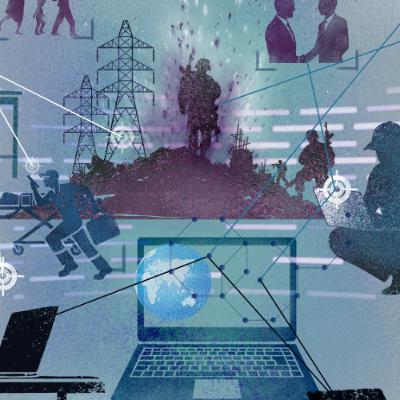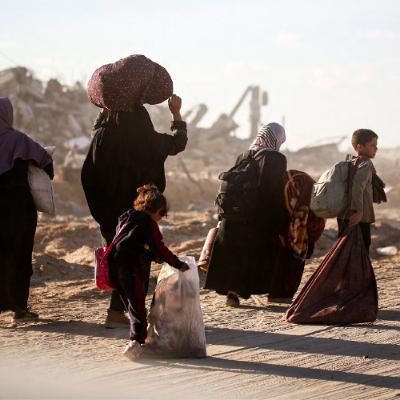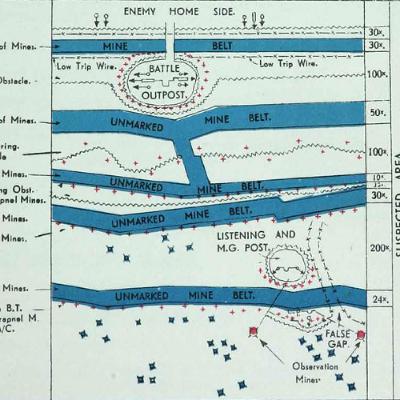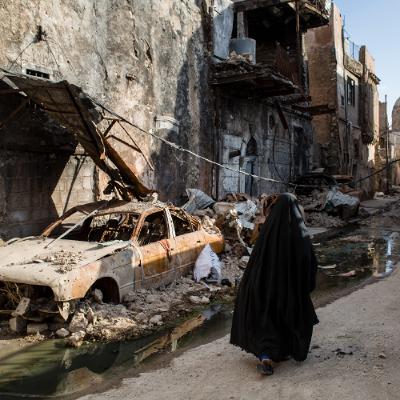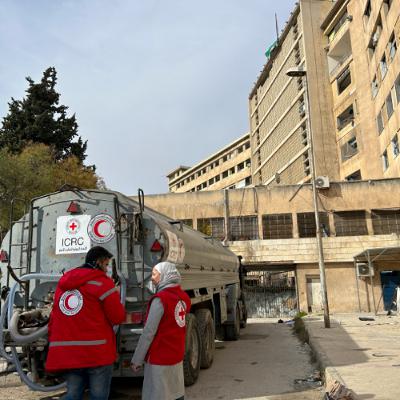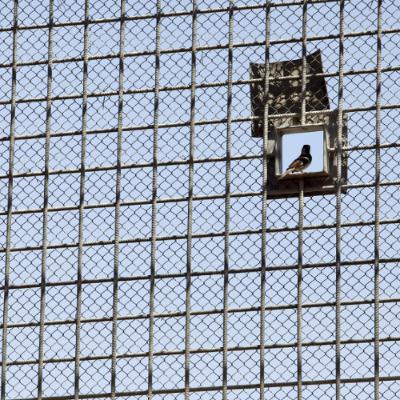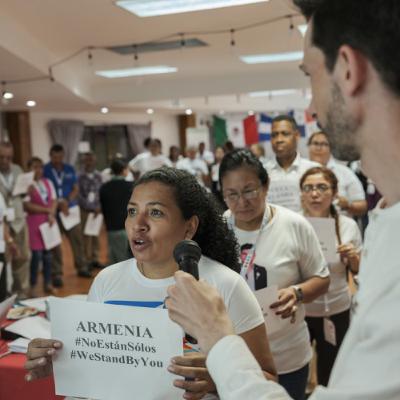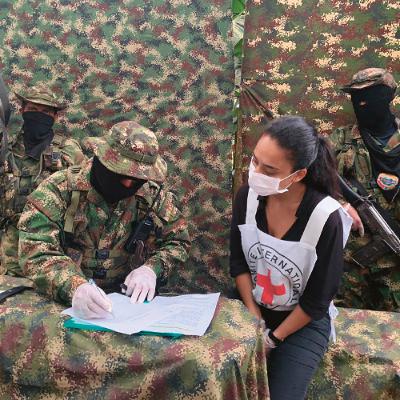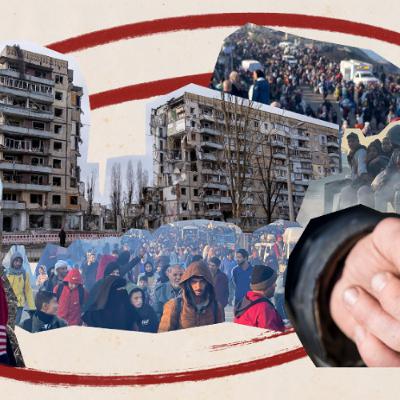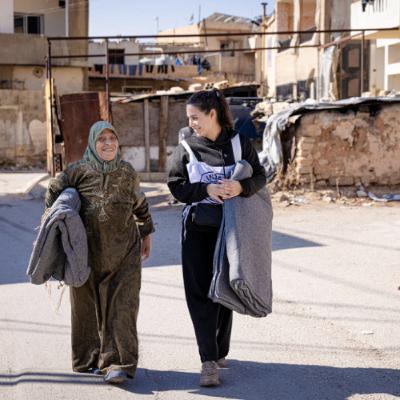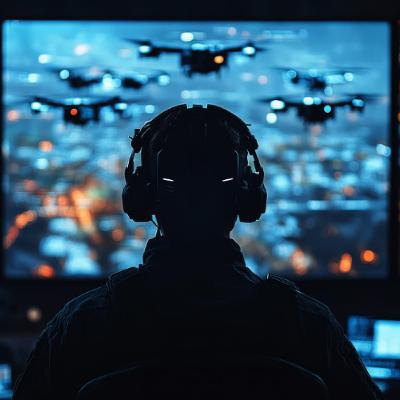From hackers to tech companies: IHL and the involvement of civilians in ICT activities in armed conflict
Update: 2025-11-04
Description
Picture a potential future armed conflict: missiles and drones crowding the skies, uncrewed vehicles rolling across borders, and governments scrambling to coordinate their defences. Their conclusion: Every citizen is needed. Some collect and relay information about the approaching enemy into an artificial intelligence (AI) platform that supports military decision-making. Reservists join the ranks of the armed forces. Computer experts choose to contribute by conducting cyber operations aimed at disrupting military operations, sowing chaos among the civilian population, and harming the enemy’s economy. As the militaries on both sides rely heavily on digital communication, connectivity, and AI, the armed forces call on tech companies to provide cybersecurity services, computing power and digital communication networks.
In this post, Tilman Rodenhäuser, Samit D’Cunha, and Laurent Gisel from the ICRC, Anna Rosalie Greipl from the Academy, and Professor Marco Roscini from the University of Westminster (and former Swiss IHL Chair at the Geneva Academy) present five key risks for civilians, along with the obligations of both civilians and states, related to the involvement of civilians in information and communication technology (ICT) activities in armed conflict.
In this post, Tilman Rodenhäuser, Samit D’Cunha, and Laurent Gisel from the ICRC, Anna Rosalie Greipl from the Academy, and Professor Marco Roscini from the University of Westminster (and former Swiss IHL Chair at the Geneva Academy) present five key risks for civilians, along with the obligations of both civilians and states, related to the involvement of civilians in information and communication technology (ICT) activities in armed conflict.
Comments
In Channel

